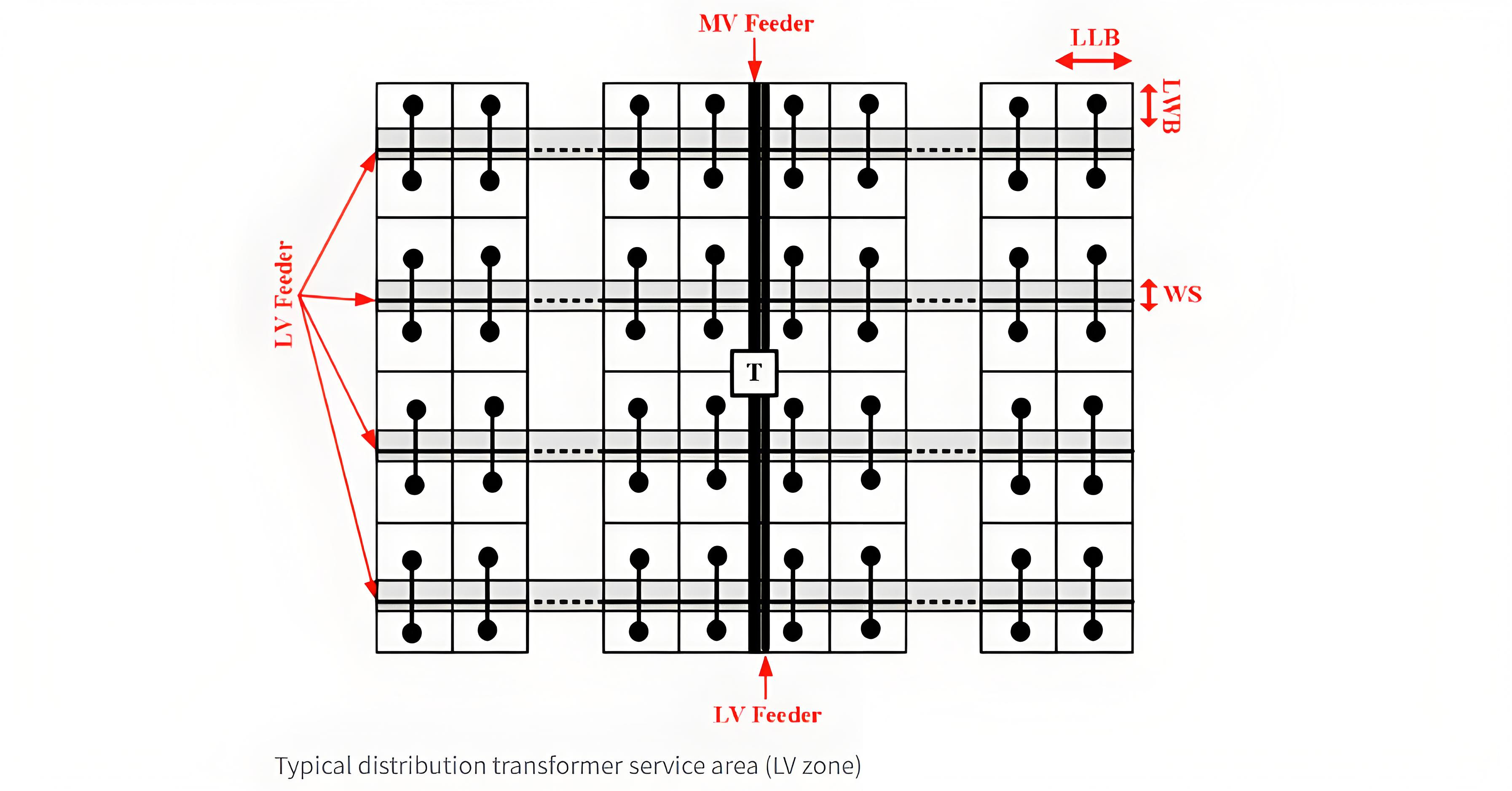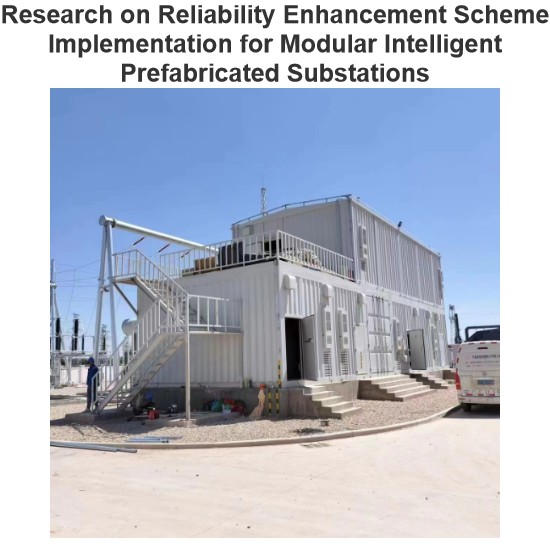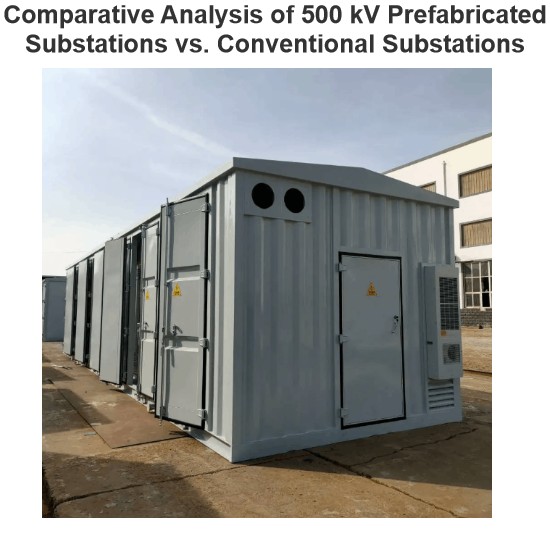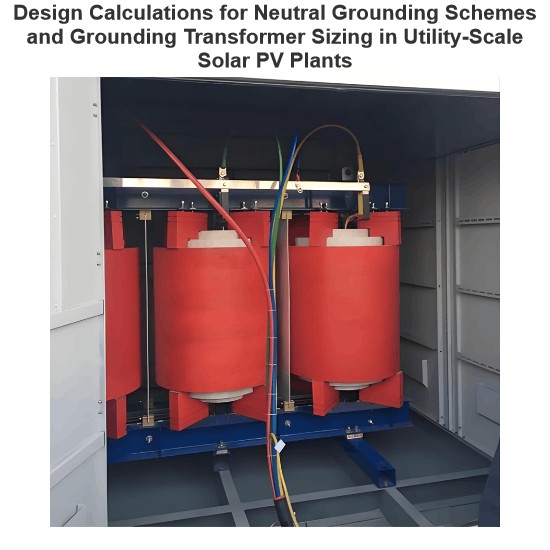Placement and rating planning of feeders & transformers for LV/MV distribution networks
Dyson
04/14/2025
Allocation and Sizing of Distribution Transformers and Feeders
Focused on the design of electrical equipment, proficient in electrical principles and relevant specifications, and skilled in using design software. From intelligent substations to various types of electrical equipment, I am adept at optimizing design solutions, integrating new technologies. With practical experience and collaborative management capabilities, I deliver outstanding electrical design achievements.
















